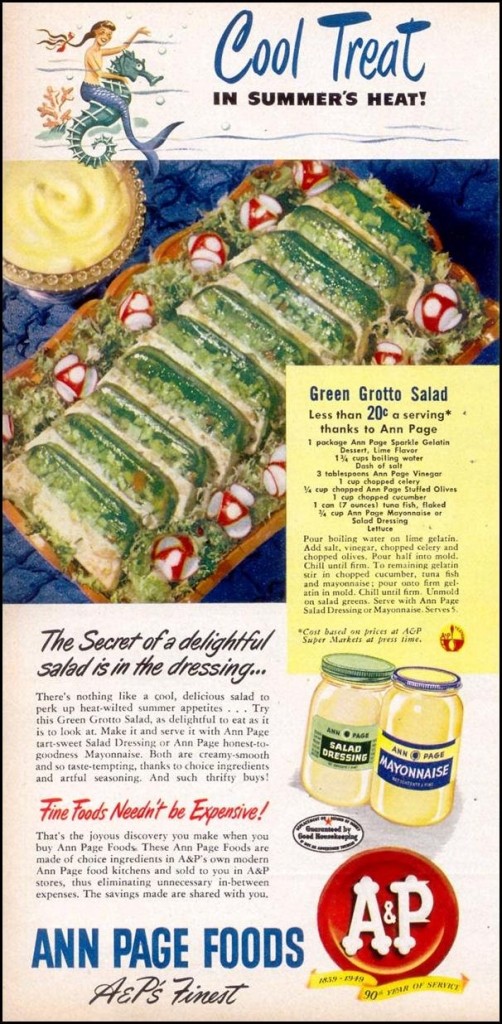 Late Night TV host Jimmy Kimmel encouraged his viewers to film their children getting early Christmas presents that they would surely hate. The result is a collection of children acting badly: bursting into tears, saying they hate their parents, lecturing them on proper gift giving protocol, etc. It’s funny and also a great illustration of the gift-giving rules that Theodore Caplow meticulously lists in his article, Rule Enforcement Without Visible Means: Christmas Gift Giving in Middletown (pdf) (btw: this is the very first article I assign in Soc101).
Late Night TV host Jimmy Kimmel encouraged his viewers to film their children getting early Christmas presents that they would surely hate. The result is a collection of children acting badly: bursting into tears, saying they hate their parents, lecturing them on proper gift giving protocol, etc. It’s funny and also a great illustration of the gift-giving rules that Theodore Caplow meticulously lists in his article, Rule Enforcement Without Visible Means: Christmas Gift Giving in Middletown (pdf) (btw: this is the very first article I assign in Soc101).
(UPDATE: I was quoted briefly on this phenomenon in a New York Times story on the prank.)
In a number of cases, the gift is considered bad because the recipient is a boy and the gift is for a girl. One boy, for example, gets a Hello Kitty gift, another gets a pop star-themed coloring book. The boys’ reaction at being presented with a girls’ gift reveals their internalization of androcentrism, the idea that masculinity is superior to femininity. They express both disgust and, in some cases I think, fear at being poisoned by contact — especially such personal contact as “I got this for you” — with girlness.
More posts on androcentrism: “woman” as an insult, being a girl is degrading, making it manly: how to sell a car, good god don’t let men have long hair, don’t forget to hug like a dude, saving men from their (feminine) selves, men must eschew femininity, not impressed with Buzz Lightyear commercial, dinosaurs can’t be for girls, and sissy men are so uncool.
Lisa Wade, PhD is an Associate Professor at Tulane University. She is the author of American Hookup, a book about college sexual culture; a textbook about gender; and a forthcoming introductory text: Terrible Magnificent Sociology. You can follow her on Twitter and Instagram.









